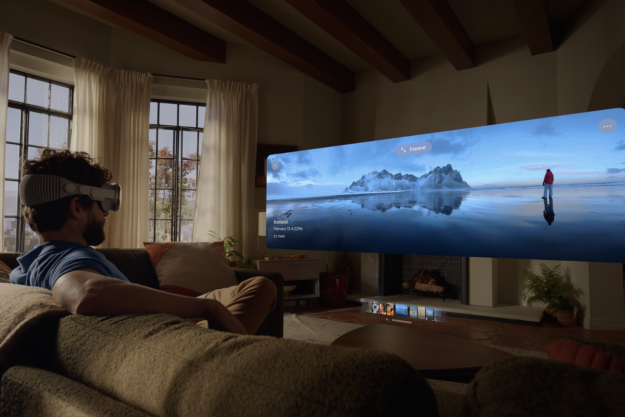
A recent survey questioned 595 virtual and augmented reality professionals about their business growth in the consumer and enterprise markets. Conducted by VR Intelligence and SuperData, the survey shows that 24 percent of the respondents report strong sales in the enterprise market while only 18 percent show strong sales in the consumer market.
According to the report, the two main barriers VR needs to overcome are headset prices and a lack of content. Although first-generation headsets like the Oculus Rift ($400) and HTC Vive ($500) have fallen in price since their debut, they’re still a high-dollar investment. These headsets also require a decent desktop capable of rendering the experiences, which could be an additional high-cost expense.
Out of all the respondents, 52 percent believe a lack of content is the largest barrier, down from 62 percent in VR Intelligence’s 2017 survey. Also down is their opinion of HMD pricing, with 52 percent believing price is an issue versus the 60 percent vote in 2017. Meanwhile, motion sickness is the least of their concerns, with 25 percent believing motion sickness is a barrier in 2018, down from 28 percent in 2017.
“The change in opinion on pricing is most likely a reflection of the price drops from major headset manufacturers like HTC, Oculus, and Google; while developments in content creation are starting to alleviate this particular barrier to adoption,” the report states. “Additionally, stand-alone devices like Oculus Go and Lenovo Mirage have brought down the entry point price of high-quality VR as they do not require a console or powerful PC.”
The survey’s respondents believe AR will hit mainstream adoption before VR due to hardware and content. The survey points to Pokémon Go, Nintendo’s highly popular game for smartphones with an AR component. Night Sky will list all the known stars, planets and constellations with a point of a camera while Amazon’s app can place virtual furniture and other goods into your real-world surroundings.
The survey shows that 12 percent of the respondents believe AR will reach mainstream adoption within a year followed by 34 percent believing adoption will take place within two years. Yet 33 percent think adoption will go mainstream in three to four years while 21 percent believe mass adoption won’t take place for five years or more.
As for VR, the survey paints a different picture. Only 6 percent of the respondents believe VR will go mainstream within a year while 27 percent believe it will happen within two years. Other respondents weren’t quite a hopeful, with 42 percent believing VR won’t go mainstream for another three to four years while 26 percent believe VR won’t be mass-adopted for five or more years.
“The wait for consumer adoption has seen many VR and AR companies target enterprise as their source for shorter-term revenue and growth,” the report adds. “From automotive to architecture, retail to tourism, manufacturing to construction, immersive tech is impacting the way companies work, design, communicate and sell.”
For the enterprise, the biggest adoption of VR is within the education sector followed by architecture/engineering/construction, manufacturing, healthcare, automotive, banking and financing, and so on.
Editors' Recommendations
- This new VR headset beats the Vision Pro in one key way and is half the price
- One year later, my PlayStation VR2 is collecting dust
- Spatial computing went public this year, but the true test is ahead
- HTC just fixed a major shortcoming of standalone VR headsets
- I tried an insane one-handed keyboard, and I actually liked it


